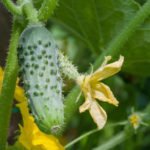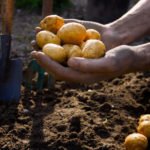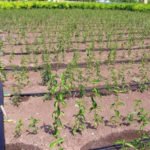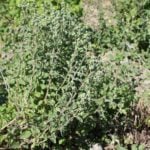As you may have noticed, strawberries from supermarkets do not have a naturally rich taste, smell, and also it has the consistency of “plastic” berries that do not please, because it has only an attractive appearance that does not contain those features that we could get by growing it ourselves. If you want to have real strawberries on your table not only in the summer, but also all year round, you can take matters into your own hands and grow your own crop on the windowsill.
There are several ways to get berries at home. With any of them in the autumn-winter time, additional lighting of plants with fluorescent lamps will be required. In addition, not every variety will feel good and give a generous harvest indoors. Let’s talk about growing strawberries from seeds, regular seedlings, and frigo (Growing from roots).
Growing strawberries from seeds
Despite the fact that the cultivation of strawberries by air layering (mustache) is the most popular way to propagate this culture, excellent plants are also obtained from seeds. Their advantage is that, firstly, at home you can start growing at any time, and not only in the spring, when nurseries begin to massively offer ready-made seedlings for sale, or in the middle of summer, when someone will share the layering with you. And secondly, plants grown from high-quality seeds will be healthy, guaranteed free from diseases and pests.
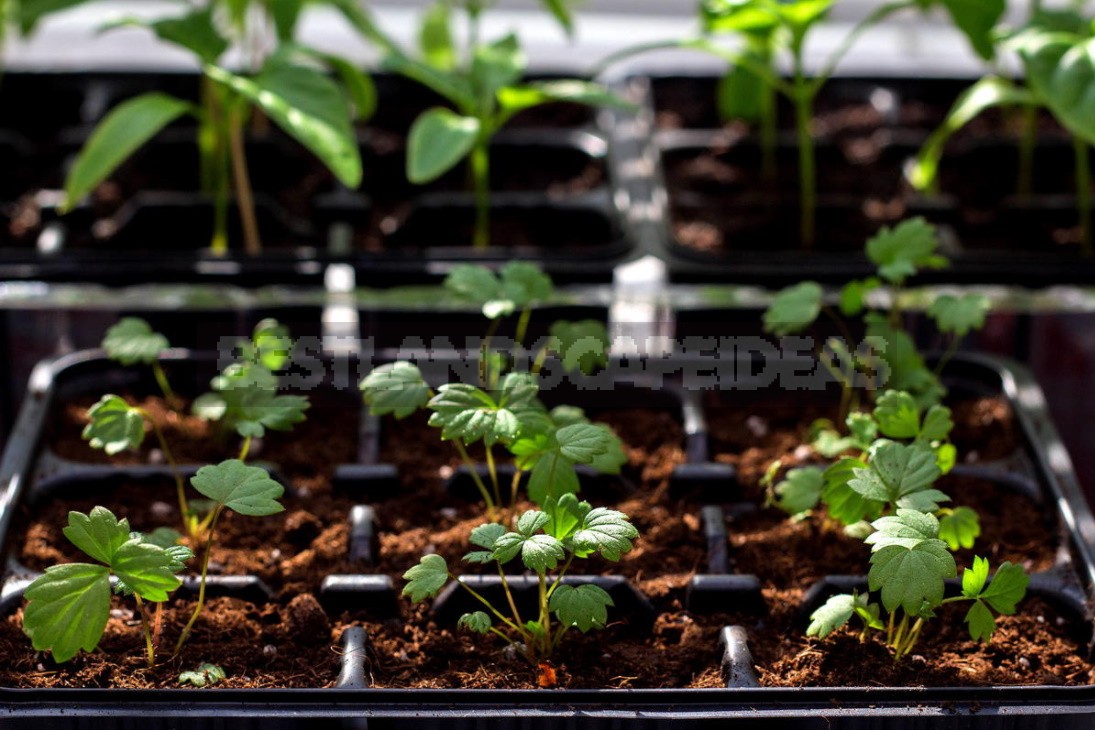
Seed stratification
Strawberry seeds should undergo stratification (cold keeping) for 2-3 weeks before sowing. To do this, first the seed material must be soaked. We select suitable containers, put a piece of cloth or a cotton pad, and moisten it. We lay out the seeds and cover them with another wet disc, moisten them. Cover with a lid and leave for a couple of days at room temperature.
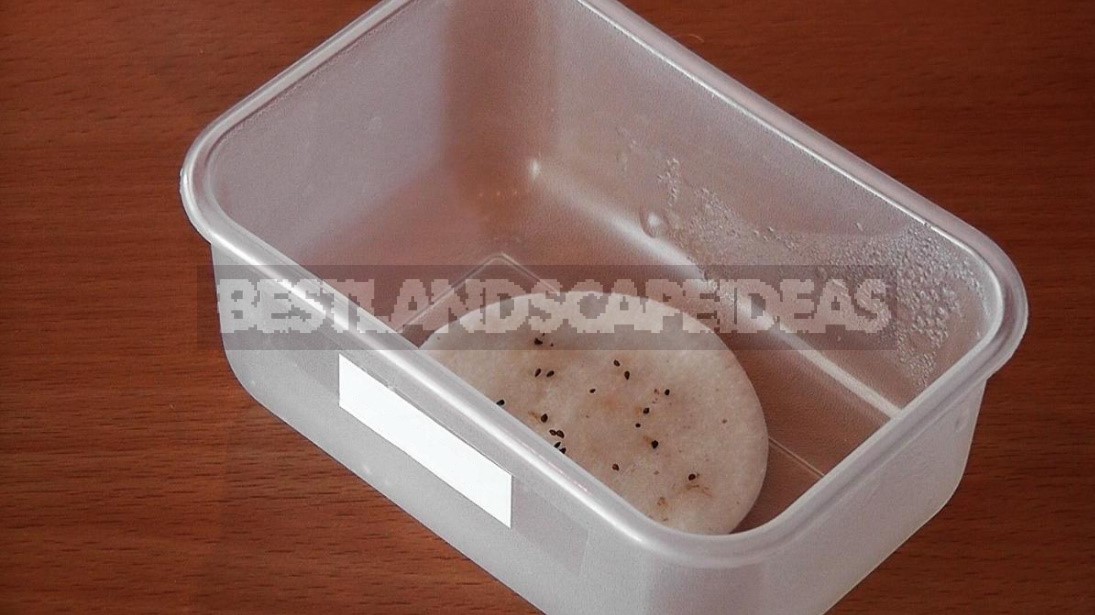
Then we move the containers with seeds to the refrigerator and leave them on the bottom shelf with the lids loosely closed. During the time of stratification, you should periodically look at the seeds and, if necessary, moisten them, they should not dry out.
Seeding
After stratification, the seeds need to germinate in the light. To do this, we remove the opaque lids from the containers with seeds and arrange a mini-greenhouse, using a plastic film. The humidity should be sufficient, but the seeds should not float. We put the greenhouses on the light windowsill and connect the phytolamp: the optimal length of daylight for strawberries is 13-14 hours.

After 3-5 days, you will notice the appearance of thin roots and even miniature green leaves. Sprouted seeds need 1-2 pieces. Carefully transfer to small individual containers with soil or use peat tablets — you do not need to fill up with soil.
How to Care for
At first, the plants need a transparent shelter (mini-greenhouse), which should be ventilated daily. The humidity of the soil or peat tablets should be maintained normal: do not pour, but do not over-dry.

After 7-10 days, it will be clear how many plants are “hooked”: they will have a tiny real leaf. From this point on, the airing time is gradually extended — and after 1-2 weeks, we remove the shelter completely.
How to Move Plants
When the bushes grow up and master the amount of soil allocated to them, you need to transplant them into a large container. If you use peat tablets, the signal for transplanting will be the appearance of roots on the side surface.
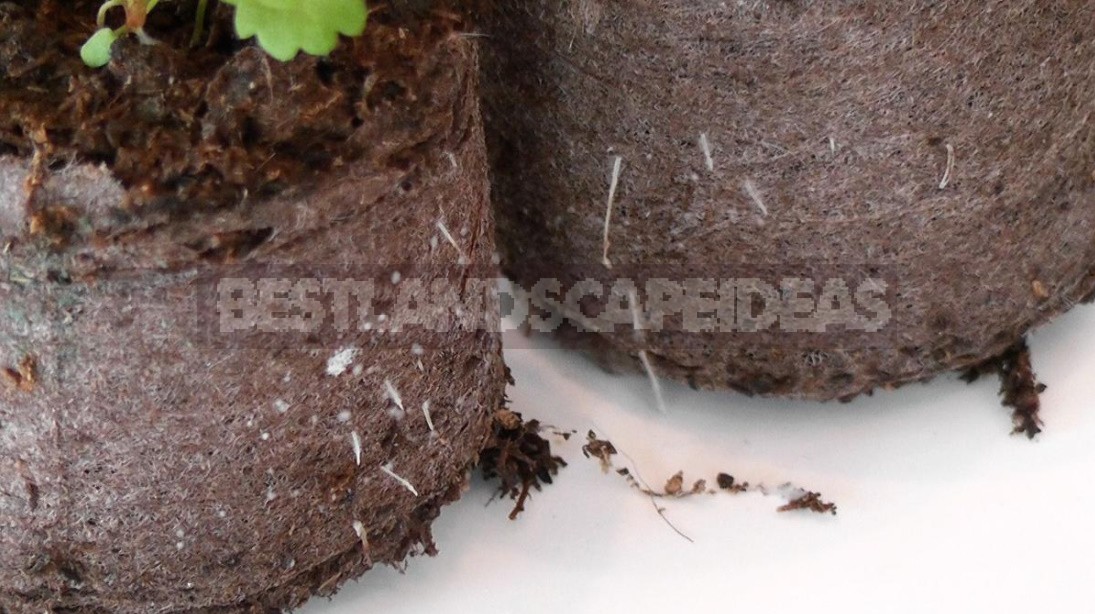
For an adult plant, a pot of at least 3 liters (0.3 gal) is required. However, it is advisable to first conduct an intermediate transshipment in a smaller container (1-1.5 liters – 0.25-0.4 gal). Soil strawberries need loose and moisture-intensive. A soil mixture of equal parts of humus, peat, leaf soil and sand is well suited. You can buy a ready-made universal soil for seedlings based on peat. Soil acidity this crop prefers neutral or slightly acidic soil with a pH of 5.5 to 6.5.
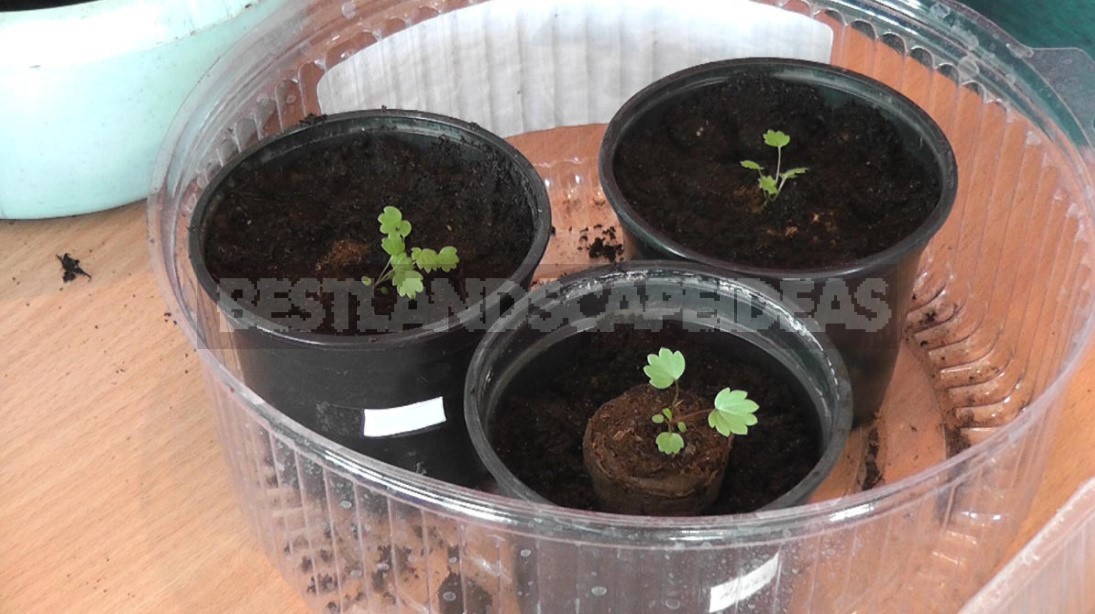
Top Dressing
If you have chosen a sufficiently nutritious soil mixture for growing seedlings, then you need to start feeding only during the budding period. At this time, a specialized complex fertilizer for strawberries is well suited, but at the initial stage it should be diluted in a half dose. In the future, it is required to fertilize the bushes once every 10-12 days. During the fruiting period, you need to focus on top dressing containing iron.
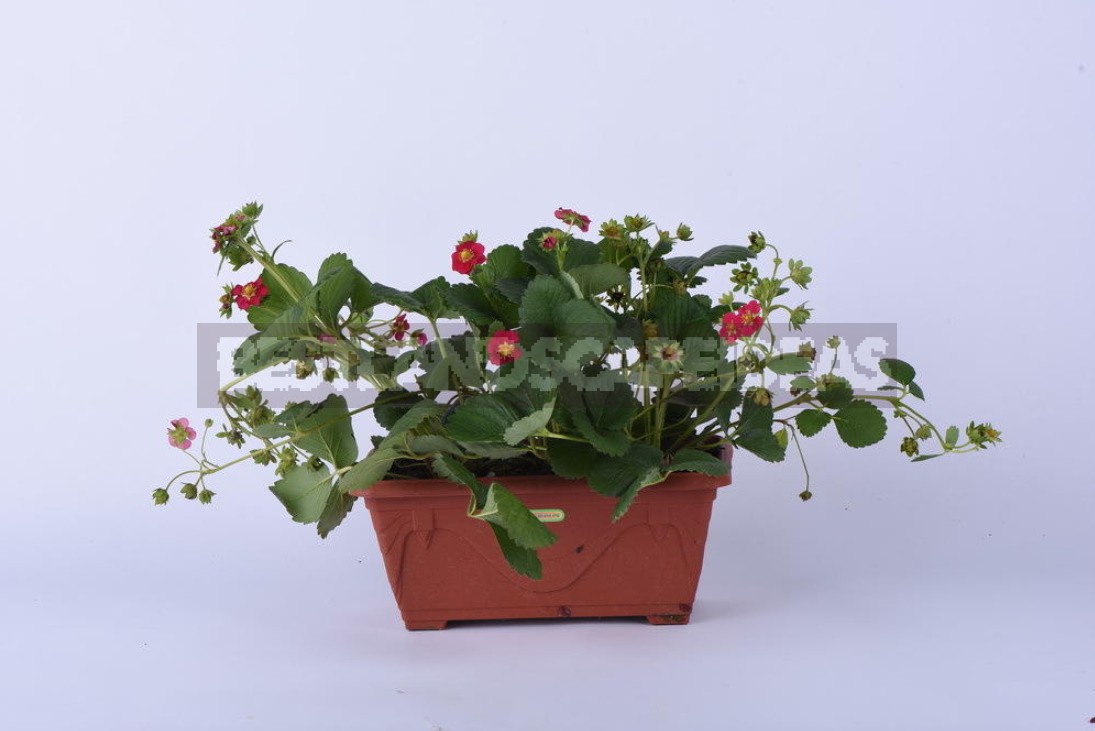
Pollination
In open ground conditions, strawberries are pollinated by bees and other insects. At home, you will have to do this manually. To do this, take a soft brush for watercolors and go through all the strawberry flowers with it. If this is not done, then the harvest can not be obtained at all or the berries will grow deformed.
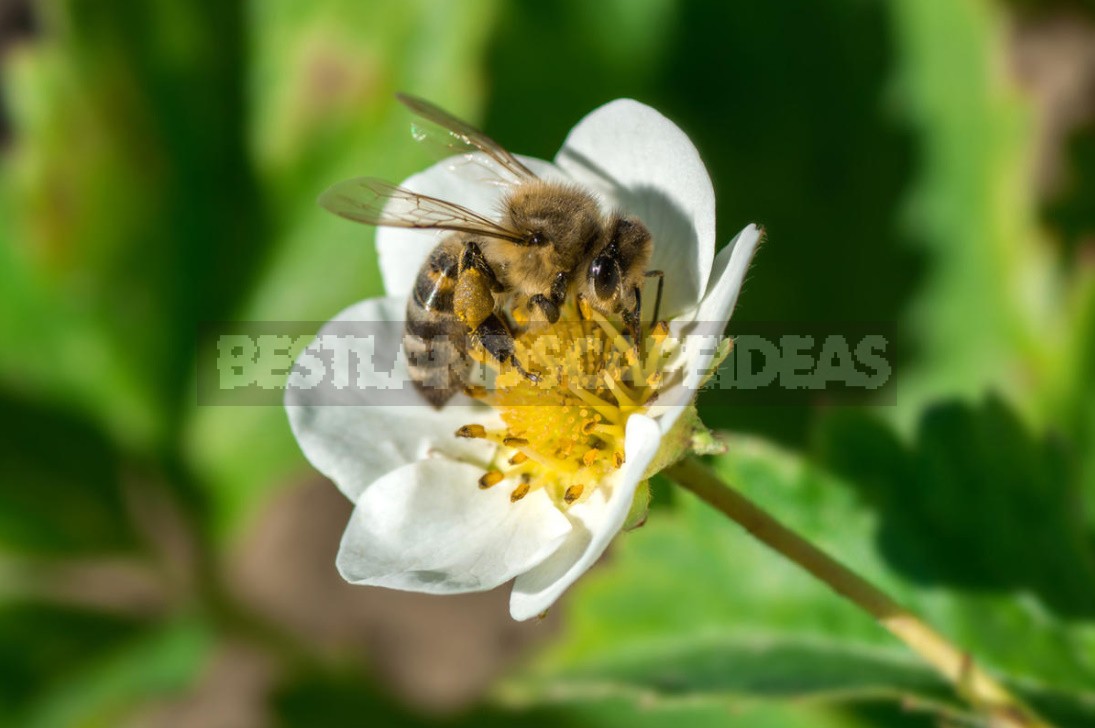
Pruning
When grown at home, strawberries will form aerial shoots in the same way as those grown in the open ground. If you do not need new plants, then you should trim the mustache as soon as they begin to grow. So the plant will not be distracted by the formation of children and spend on this food. However, if you want, you can leave a couple of shoots and expand or rejuvenate your plantation.

Growing strawberries from seedlings
Growing from seed is a fairly long process, and by planting seedlings, you can get a harvest much earlier. Seedlings can be grown independently, if you have such an opportunity (your own cottage). In the spring, a good selection of varieties is offered by nurseries and online stores. An excellent and most effective way in the conditions of home cultivation is the use of frigo seedlings.
Homemade Strawberries on the Windowsill: 3 Ways of Growing (Part 2)







